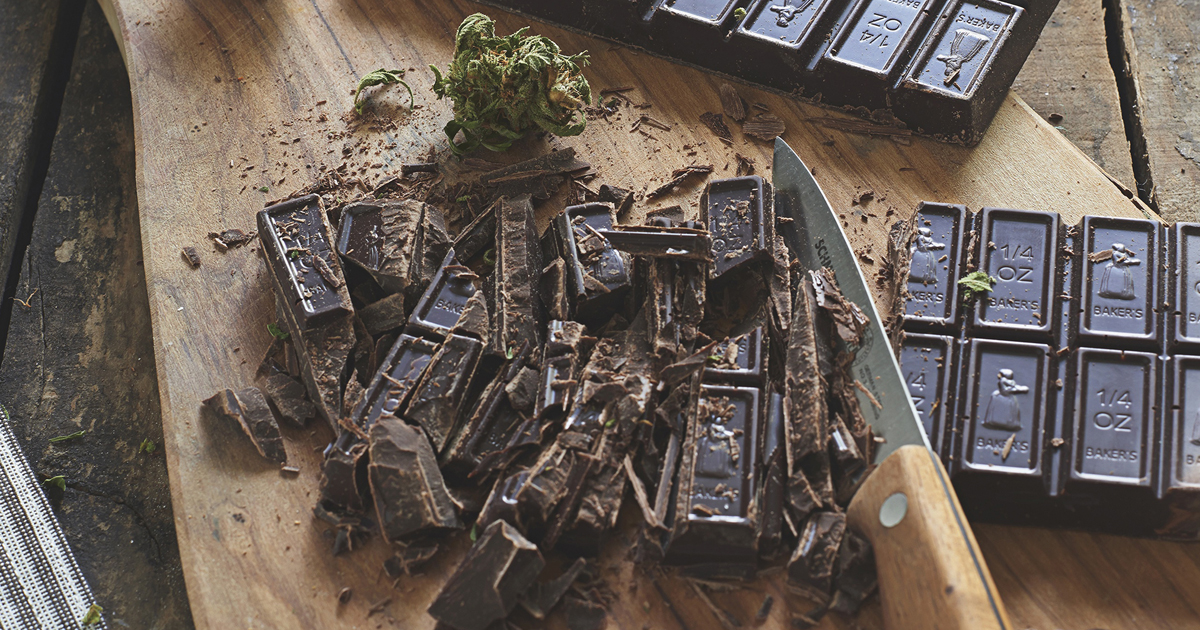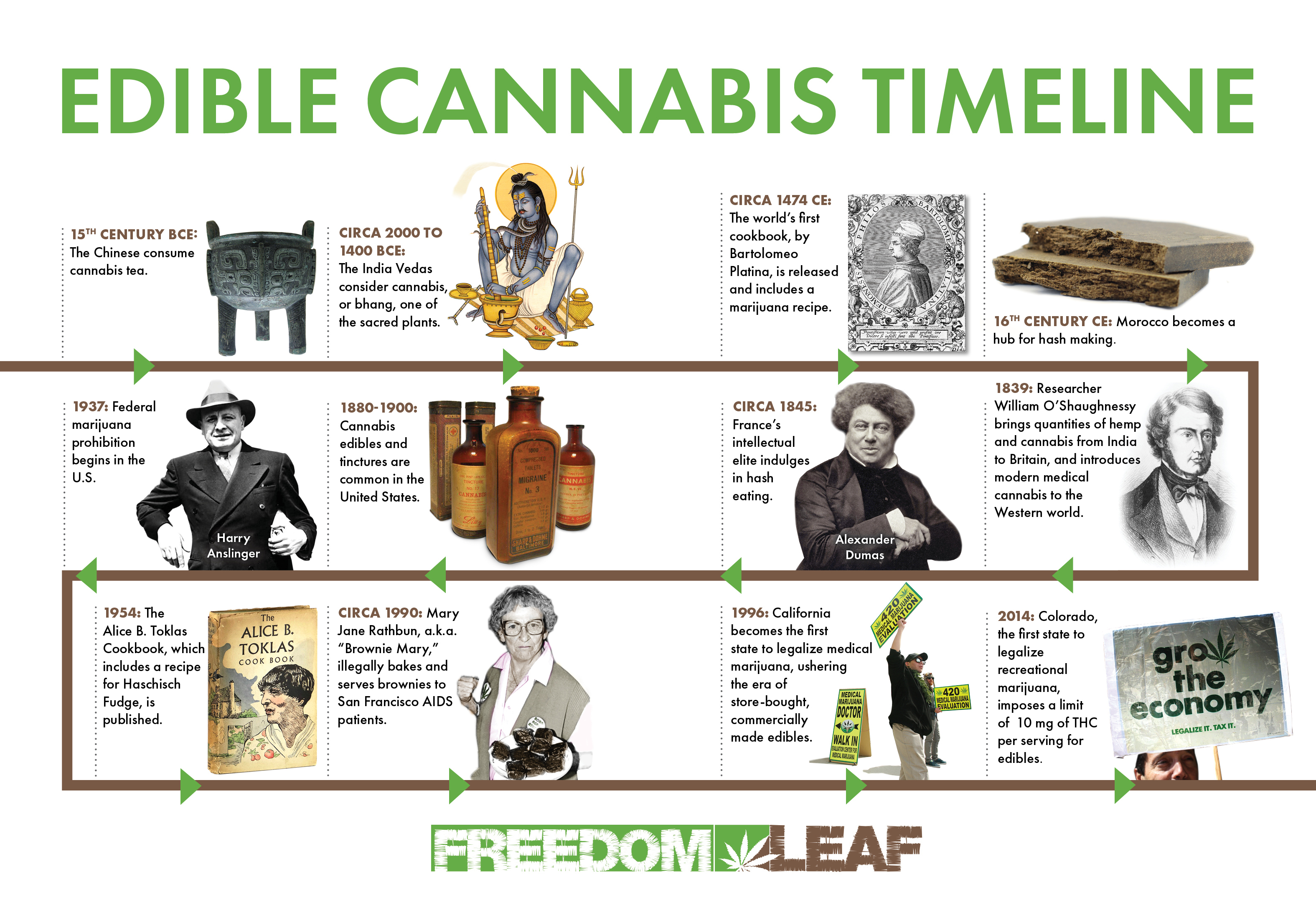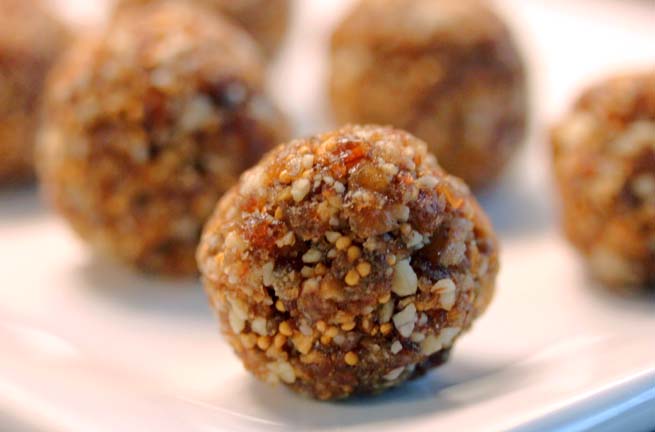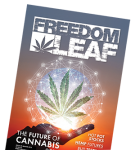Exclusive Book Excerpt: ‘A Brief History of Edibles’

Our ancient ancestors had a far more intimate relationship with food as medicine than most of us do today. Many edible plants familiar to us—basil, cinnamon, cumin, fennel, mint, oregano, thyme, and cannabis—were intertwined in both kitchen and apothecary throughout history.
Our earliest written references to cannabis appear around the 15th century BCE in China, where it was consumed as a tea. However, scholars agree that surviving ancient medical texts speak of cannabis use in the past tense, giving the impression that it had been a common medical staple long before written texts confirmed the fact.
By 1000 BCE, cannabis (or bhang) was being cultivated in India, where the Vedas, collections of Hindu religious texts, considered it one of five sacred plants. Bhang is also the name of what is arguably the world’s oldest marijuana recipe, an ancient cannabis-laced drink that remains popular in India today.
 During the Middle Ages, soldiers customarily consumed bhang for fortification before going into battle. Even though cannabis is technically illegal in India today, bhang is still sold, especially during the Hindu Holi festival. It’s such an essential, traditional part of the celebration that the government has found it easier to turn a blind eye than fight it.
During the Middle Ages, soldiers customarily consumed bhang for fortification before going into battle. Even though cannabis is technically illegal in India today, bhang is still sold, especially during the Hindu Holi festival. It’s such an essential, traditional part of the celebration that the government has found it easier to turn a blind eye than fight it.
Around 1474, the Italian writer and gastronomist Bartolomeo Platina put the first cannabis recipe into print, in what is considered the world’s oldest known cookbook. Platina advised his readers on making cannabis-infused oil, not unlike what we do today.
Moroccan ancients consumed their cannabis in the form of hashish, as referred to in the original One Thousand and One Nights collection of folk tales (also known as The Arabian Nights). An ancient Middle Eastern marijuana recipe still popular today is majoun. This uncooked jam features dates, nuts, honey, spices and hashish rolled into bite-sized balls—and provides a healthier sweet than most of today’s infused edibles.
RELATED: Five Marijuana Munchies from Brownies to Potcorn
In the 1840s, France’s intellectual, literary and artistic elite gathered in Paris’ Club des Hachischins (Club of the Hashish-Eaters) to consume hash in their coffees and teas and via candy and infused tinctures.
Before cannabis was prohibited in the U.S. in 1937, many American medicine cabinets contained it, usually in the form of tinctures, but edible candies and other foods had been common in the late 19th century. An 1862 issue of Vanity Fair carried an ad touting the Gunjah Wallah Company’s “Hasheesh Candy” as a “medicinal agent for the cure of nervousness, weakness, [and] melancholy.”

Haschisch Fudge based off The Alice B. Toklas Cookbook Recipe.
Alice B. Toklas, life partner of author Gertrude Stein, ushered in the era of modern edibles while simultaneously resurrecting majoun’s popularity for modern generations when she published her recipe for Haschisch Fudge in The Alice B. Toklas Cookbook (1954). Toklas’ recipe uses ground bud and contains no hash. It resembles neither fudge nor brownies, despite it entering the popular lexicon as “Alice B. Toklas Brownies,” thanks to the 1968 Peter Sellers film I Love You, Alice B. Toklas. In the movie, Sellers’ uptight attorney character consumes a pot brownie that forever alters his world. The movie permanently changed the public’s perception of marijuana edibles, and from that point on the “pot brownie” became embedded in the mainstream consciousness as the most popular way to consume edible cannabis.
EDIBLE CANNABIS TIMELINE
15th Century BCE: The Chinese consume cannabis tea.
Circa 2000 to 1400 BCE: The India Vedas consider cannabis, or bhang, one of the sacred plants.
Circa 1474 CE: The world’s first cookbook, by Bartolomeo Platina, is released and includes a marijuana recipe.
16th Century CE: Cannabis is cultivated throughout Morocco.
1839: Researcher William O’Shaughnessy brings quantities of hemp and cannabis from India to Britain, and introduces modern medical cannabis to the Western world.
Circa 1845: France’s intellectual elite indulges in hash eating.
1880-1900: Cannabis edibles and tinctures are common in the United States,
1937: Federal marijuana prohibition begins in the United States.
1954: The Alice B. Toklas Cookbook is published, including a recipe for Haschisch Fudge.
Circa 1990: Mary Jane Rathbun, a.k.a. “Brownie Mary,” illegally bakes and serves brownies to San Francisco AIDS patients.
1996: California becomes the first state to legalize medical marijuana, ushering the era of store-bought, commercially made edibles.
2014: Colorado, the first state to legalize recreational marijuana, imposes a limit of 10 milligrams of THC per serving for edibles.
Excerpted from The Easy Cannabis Cookbook. © 2018 by Cheri Sicard. Reprinted by permission of Rockridge Press, Emeryville, Calif. All rights reserved.

